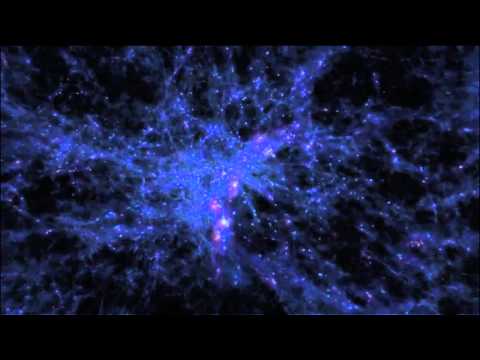The Connection Between Stars and Our Understanding of the Universe
Stars have always captured the imagination of humanity, serving as beacons of light in the vast expanse of the night sky. But beyond their beauty, stars play a crucial role in our understanding of the universe and our place within it.
One of the most fundamental connections between stars and our understanding of the universe lies in the study of astrophysics. By observing the light emitted by stars, scientists are able to gather valuable information about their composition, temperature, and age. This data not only helps us to better understand the individual stars themselves, but also provides insights into the larger processes at work in the universe.
For example, the study of stellar evolution – the life cycle of stars from their birth to their eventual death – has been instrumental in shaping our understanding of the universe. By observing stars at different stages of their evolution, scientists have been able to piece together a coherent narrative of how stars are born, evolve, and eventually die. This knowledge has not only deepened our understanding of the processes that govern the universe, but has also shed light on the origins of the elements that make up everything around us.
Stars also play a crucial role in our understanding of the structure and dynamics of the universe. By studying the distribution and motion of stars in galaxies, scientists are able to map out the vast cosmic web that connects galaxies to one another. This has led to the realization that stars are not isolated objects floating in space, but are part of larger structures that are interconnected in ways that were previously unimagined.
Furthermore, stars serve as vital signposts that help us navigate the vastness of space. By using stars as reference points, astronomers are able to map out the positions of celestial objects and chart the movements of galaxies and other cosmic phenomena. This has allowed us to create detailed maps of the universe and gain insights into its structure and evolution.
In addition to their scientific importance, stars also hold a special place in human culture and mythology. Across different civilizations and time periods, stars have been seen as symbols of guidance, hope, and inspiration. They have inspired poetry, art, and music, and have served as sources of wonder and awe for countless generations.
In conclusion, the connection between stars and our understanding of the universe is deep and multifaceted. From their role in shaping our scientific knowledge of the cosmos to their influence on human culture and imagination, stars are truly celestial wonders that continue to inspire and enlighten us in profound ways.













